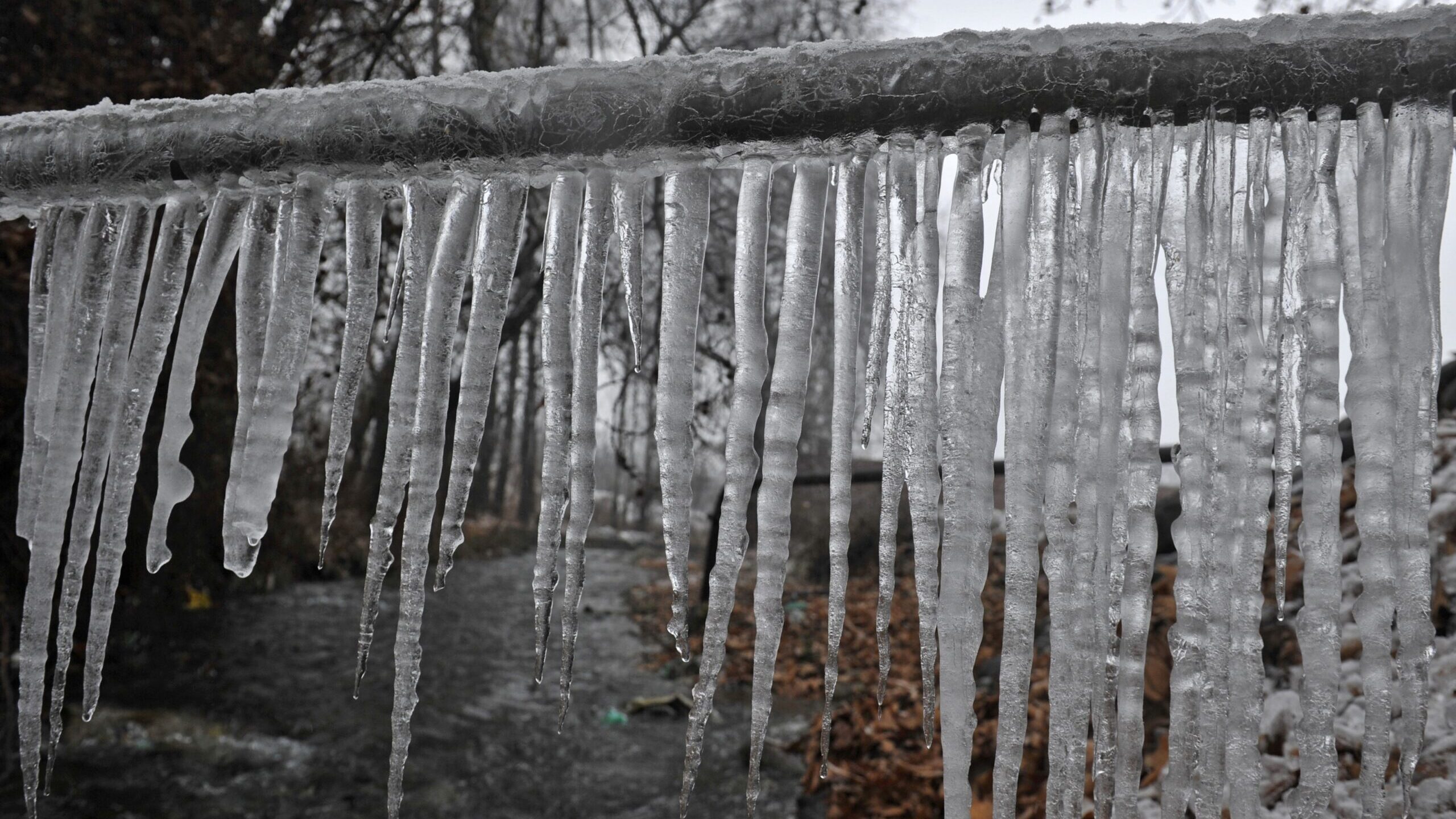The article below in relation to 6 Ways to Prevent Frozen Pipes is rather motivating. Have a go and make your own personal results.

Winter can damage your pipes, especially by freezing pipes. Right here's just how to prevent it from happening and what to do if it does.
Introduction
As temperatures decrease, the danger of icy pipelines boosts, potentially resulting in pricey fixings and water damage. Recognizing just how to prevent icy pipes is critical for house owners in cold environments.
Understanding Frozen Pipes
What causes pipes to ice up?
Pipelines freeze when subjected to temperature levels below 32 ° F (0 ° C) for prolonged periods. As water inside the pipelines ices up, it increases, putting pressure on the pipe wall surfaces and possibly causing them to break.
Dangers and problems
Frozen pipes can result in supply of water interruptions, building damage, and pricey fixings. Ruptured pipes can flooding homes and cause substantial structural damage.
Signs of Frozen Piping
Identifying icy pipelines early can avoid them from bursting.
Just how to identify frozen pipelines
Try to find lowered water flow from faucets, unusual odors or noises from pipelines, and visible frost on revealed pipes.
Avoidance Tips
Insulating at risk pipelines
Cover pipes in insulation sleeves or use heat tape to protect them from freezing temperature levels. Focus on pipelines in unheated or external areas of the home.
Heating techniques
Keep indoor areas effectively heated up, specifically areas with pipes. Open cupboard doors to enable warm air to distribute around pipelines under sinks.
Protecting Exterior Plumbing
Garden pipes and outside taps
Detach and drain garden hose pipes prior to winter season. Set up frost-proof faucets or cover outdoor faucets with shielded caps.
What to Do If Your Pipelines Freeze
Immediate actions to take
If you think frozen pipelines, maintain faucets open to alleviate pressure as the ice melts. Utilize a hairdryer or towels soaked in warm water to thaw pipelines slowly.
Long-Term Solutions
Architectural changes
Consider rerouting pipes away from exterior walls or unheated areas. Add additional insulation to attics, basements, and crawl spaces.
Upgrading insulation
Purchase high-quality insulation for pipes, attic rooms, and walls. Appropriate insulation helps keep constant temperature levels and lowers the danger of frozen pipes.
Verdict
Stopping frozen pipes requires positive measures and quick reactions. By recognizing the reasons, indicators, and preventive measures, house owners can shield their plumbing during cold weather.
5 Ways to Prevent Frozen Pipes
Drain Outdoor Faucets and Disconnect Hoses
First, close the shut-off valve that controls the flow of water in the pipe to your outdoor faucet. Then, head outside to disconnect and drain your hose and open the outdoor faucet to allow the water to completely drain out of the line. Turn off the faucet when done. Finally, head back to the shut-off valve and drain the remaining water inside the pipe into a bucket or container. Additionally, if you have a home irrigation system, you should consider hiring an expert to clear the system of water each year.
Insulate Pipes
One of the best and most cost-effective methods for preventing frozen water pipes is to wrap your pipes with insulation. This is especially important for areas in your home that aren’t exposed to heat, such as an attic. We suggest using foam sleeves, which can typically be found at your local hardware store.
Keep Heat Running at 65
Your pipes are located inside your walls, and the temperature there is much colder than the rest of the house. To prevent your pipes from freezing, The Insurance Information Institute suggests that you keep your home heated to at least 65 degrees, even when traveling. You may want to invest in smart devices that can keep an eye on the temperature in your home while you’re away.
Leave Water Dripping
Moving water — even a small trickle — can prevent ice from forming inside your pipes. When freezing temps are imminent, start a drip of water from all faucets that serve exposed pipes. Leaving a few faucets running will also help relieve pressure inside the pipes and help prevent a rupture if the water inside freezes.
Open Cupboard Doors
Warm your kitchen and bathroom pipes by opening cupboards and vanities. You should also leave your interior doors ajar to help warm air circulate evenly throughout your home.

I am very curious about 6 Ways to Prevent Frozen Pipes and I hope you appreciated the blog post. Enjoyed reading our write-up? Please quickly share it. Let others discover it. We appreciate reading our article about Prevent Frozen Pipes .
Click On This Link